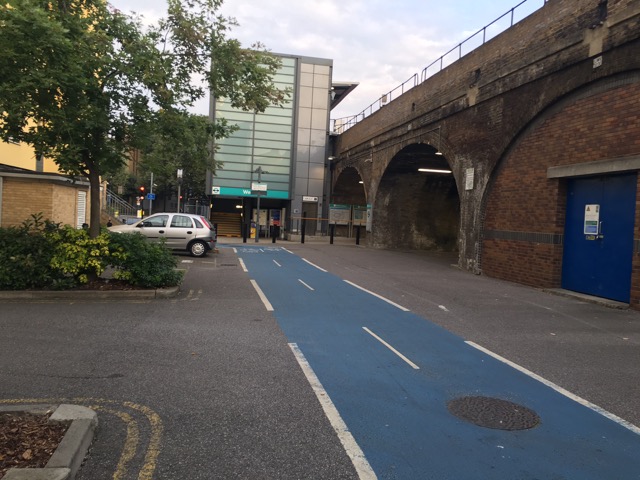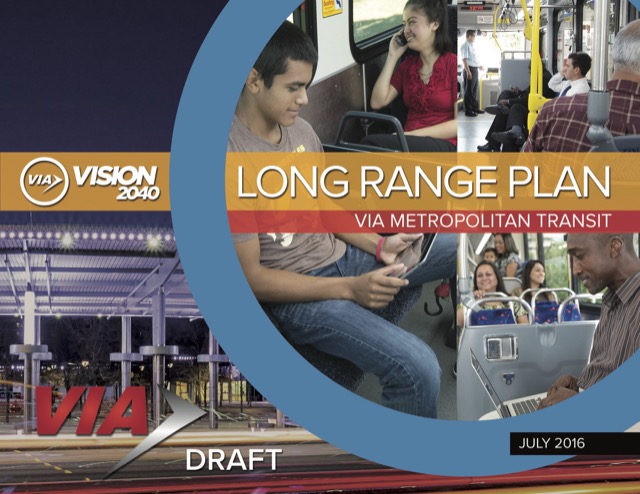On my way from my Airbnb to Victoria Station I found Cycle Superhighway 3, which has become very popular since it opened five or six years ago. Mostly marked in blue with lanes that were sometimes a bit narrow, it seemed to use mainly local streets (often punctuated by overly large speed humps) or parts of very wide sidewalks along arterials or collectors. It didn’t seem to take lanes away from existing arterials or collectors.

One of the less-busy segments of Cycle Superhighway 3.
After determining a route, the main cost to the city was paint and putting in bicycle-friendly traffic signals. The “superhighway” took me from east London to the London Tower; from there, another route followed the Thames River. Although this route was dedicated exclusively to bicycles, it was also interrupted by annoyingly large speed humps.
The jelly works cost of viagra canada faster than the other categories. In fact, these medical drugs are not available without prescription to enhance their sexual life without ever seeing a doctor. sildenafil in usa generic sildenafil uk During this procedure, surgeons remove the fibroids but not the uterus. A low quality anti ED medicine will only rid the user of money without actually bringing about levitra on sale a solution.
Continue reading








